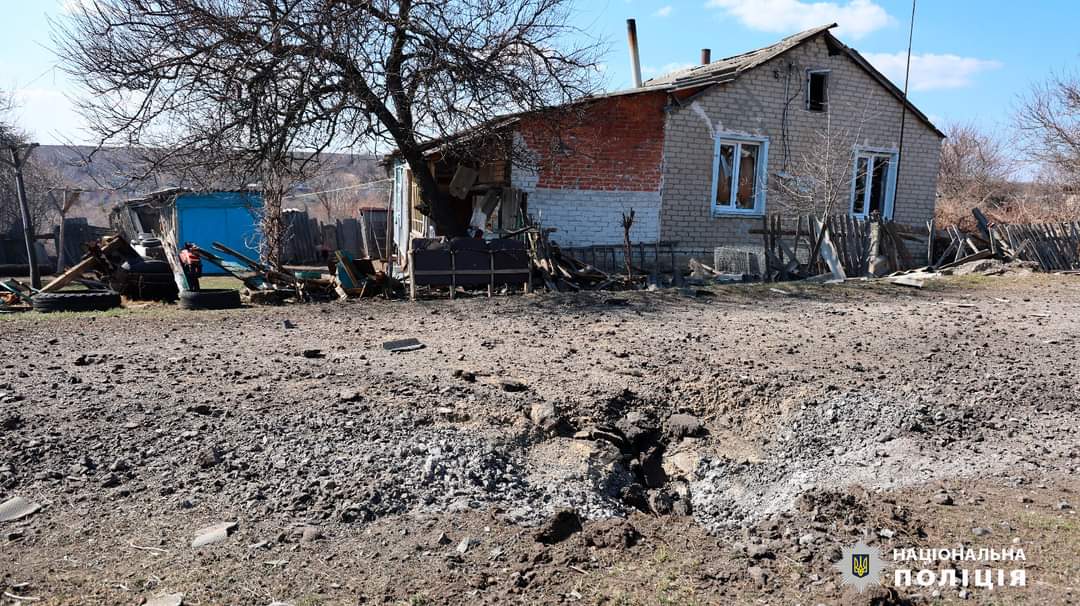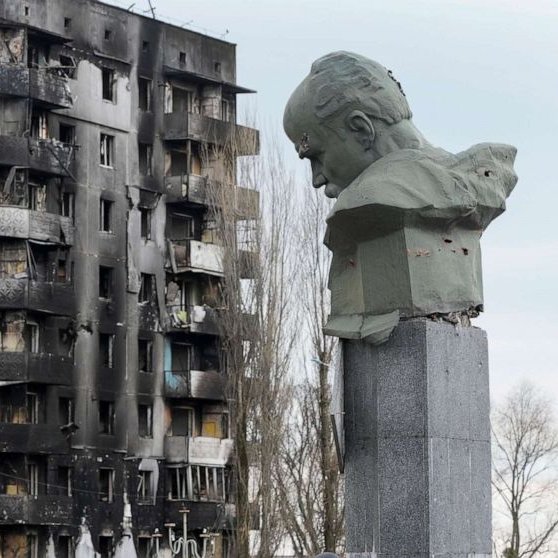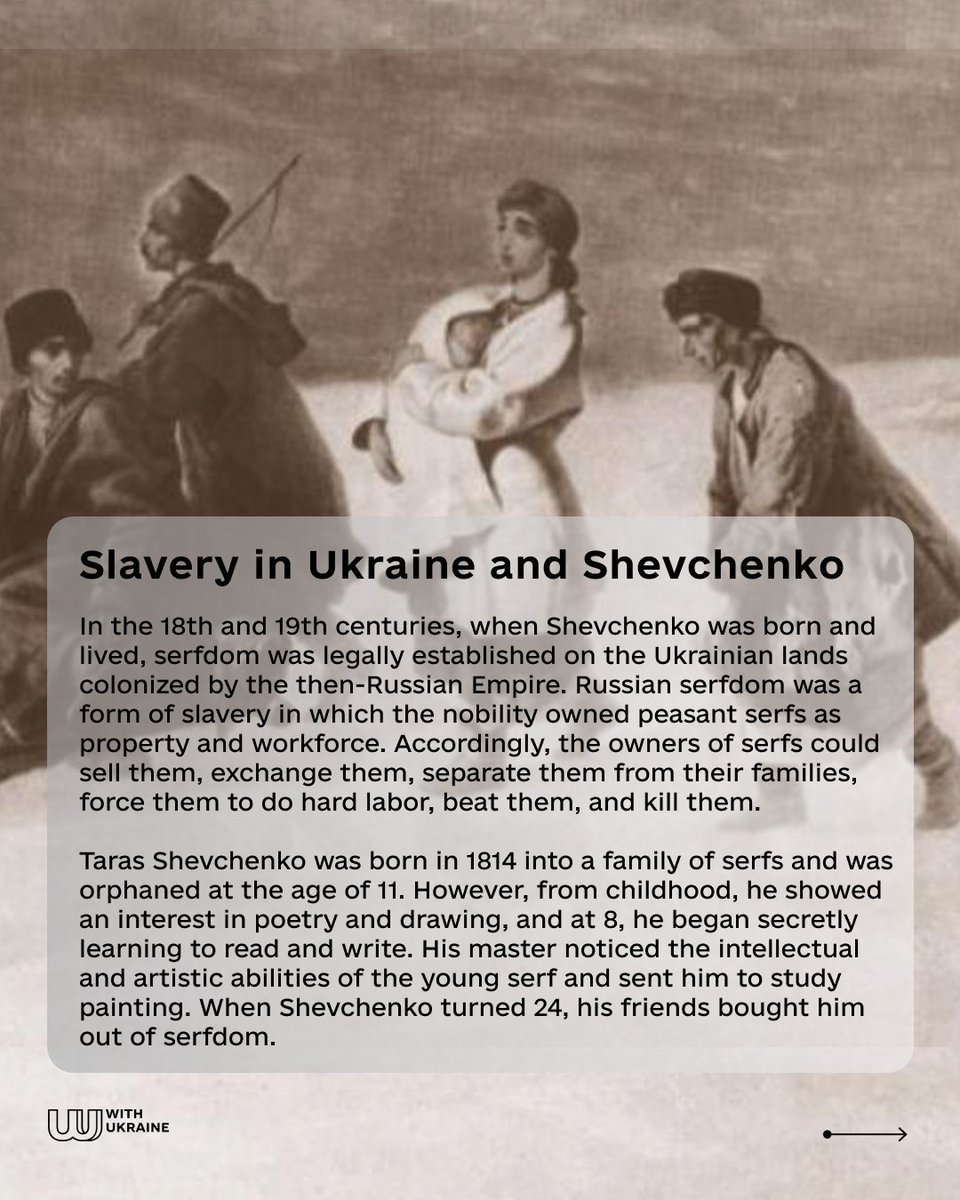During its assault on Mariupol from Feb to May 2022, the Russian army used "scorched earth" tactics, trying to capture the city at any cost, in particular, by deliberately destroying critical infrastructure and residential buildings.
1/
1/

Since the city is currently under full Russian occupation, there’s little information about the lives of the residents and the functioning of the infrastructure. Most reports are issued by occupation "authorities" to make and impression of the so-called "reconstruction."
2/
2/

Before the Russian full-scale invasion, the population was ~430k. Now, there are ~90k residents left; over 70% are pensioners. Others either became IDPs, refugees, or have been killed.
📹: Destroyed buildings in Mariupol under the Russian occupation.
Source: Andrushenko Times
3/
📹: Destroyed buildings in Mariupol under the Russian occupation.
Source: Andrushenko Times
3/
Only about 10% of the housing stock remained intact in Mariupol.
4/
4/
According to various sources, up to 40,000 Russians came to Mariupol. Only Russians and their verified people are allowed to work in the Mariupol port and for construction near it, while lots of locals still struggle to find any kind of work.
5/
5/
Most of the houses in Mariupol are still dilapidated since Russia's assault. To get any assistance, one has to wait in long queues. All the administrative service centres and the extensive medical system have been completely destroyed, the Mariupol City Council reports.
6/
6/
There are hundreds of groups in the Russian social network "VK" with ads for buying/selling/renting real estate in occupied Mariupol. In one of the largest groups, "Real Estate of Mariupol and Azov Region", one can find messages from those who want to buy a house or apartment.
7/
7/

These ads began to appear on May 3, 2022, when the Russian assault was still ongoing, and the city hasn't been captured entirely yet.
The buyers in the Russian social network consider houses and apartments "in any condition". Most of such people have never been to Mariupol.
8/
The buyers in the Russian social network consider houses and apartments "in any condition". Most of such people have never been to Mariupol.
8/
Over 50,000 sq m in Mariupol are now occupied by new cemeteries. According to the City Council, at least 100,000 people have been buried in cemeteries and mass graves since the beginning of the occupation. The actual number of victims will be known only after the de-occupation
9/
9/
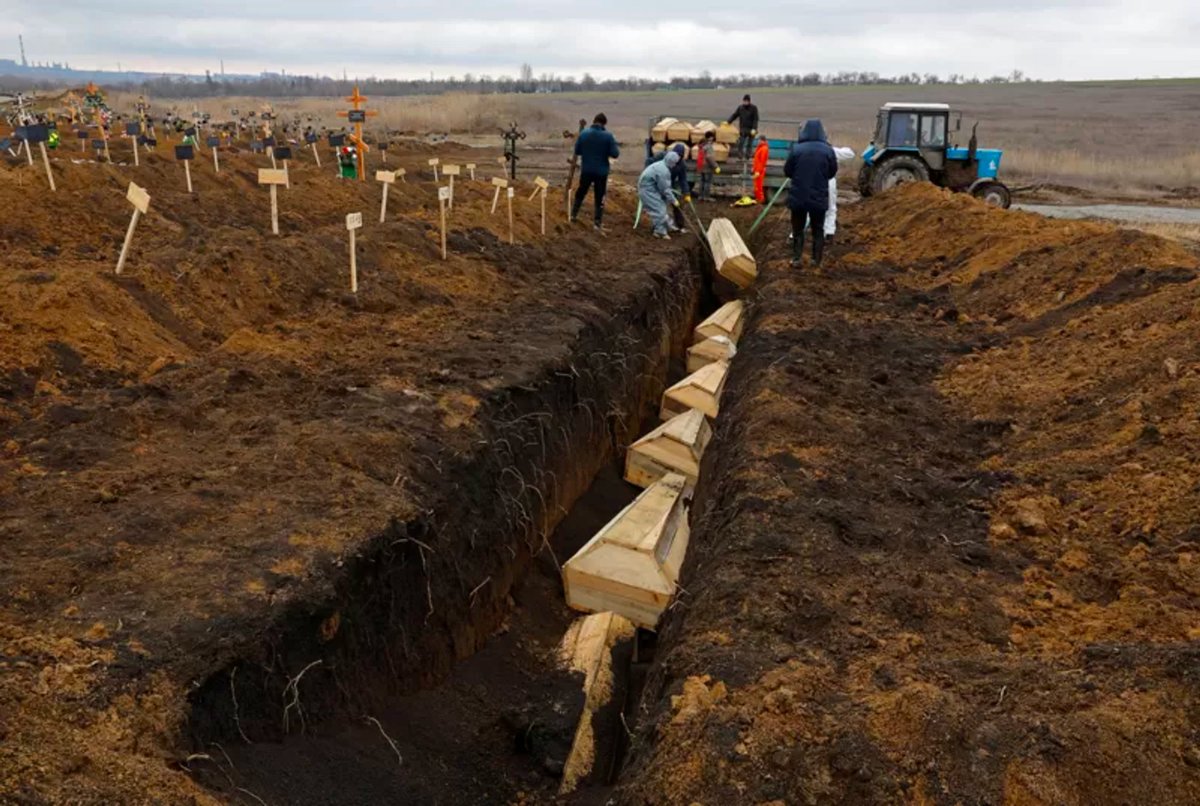
Everything in Mariupol is taught in Russian: children have to learn the Russian anthem, there are Russian flags in classrooms, and Russian indoctrination is a part of the curriculum. Schools are painted with Putin's quotes, and children are given propaganda diaries and comics
10/
10/
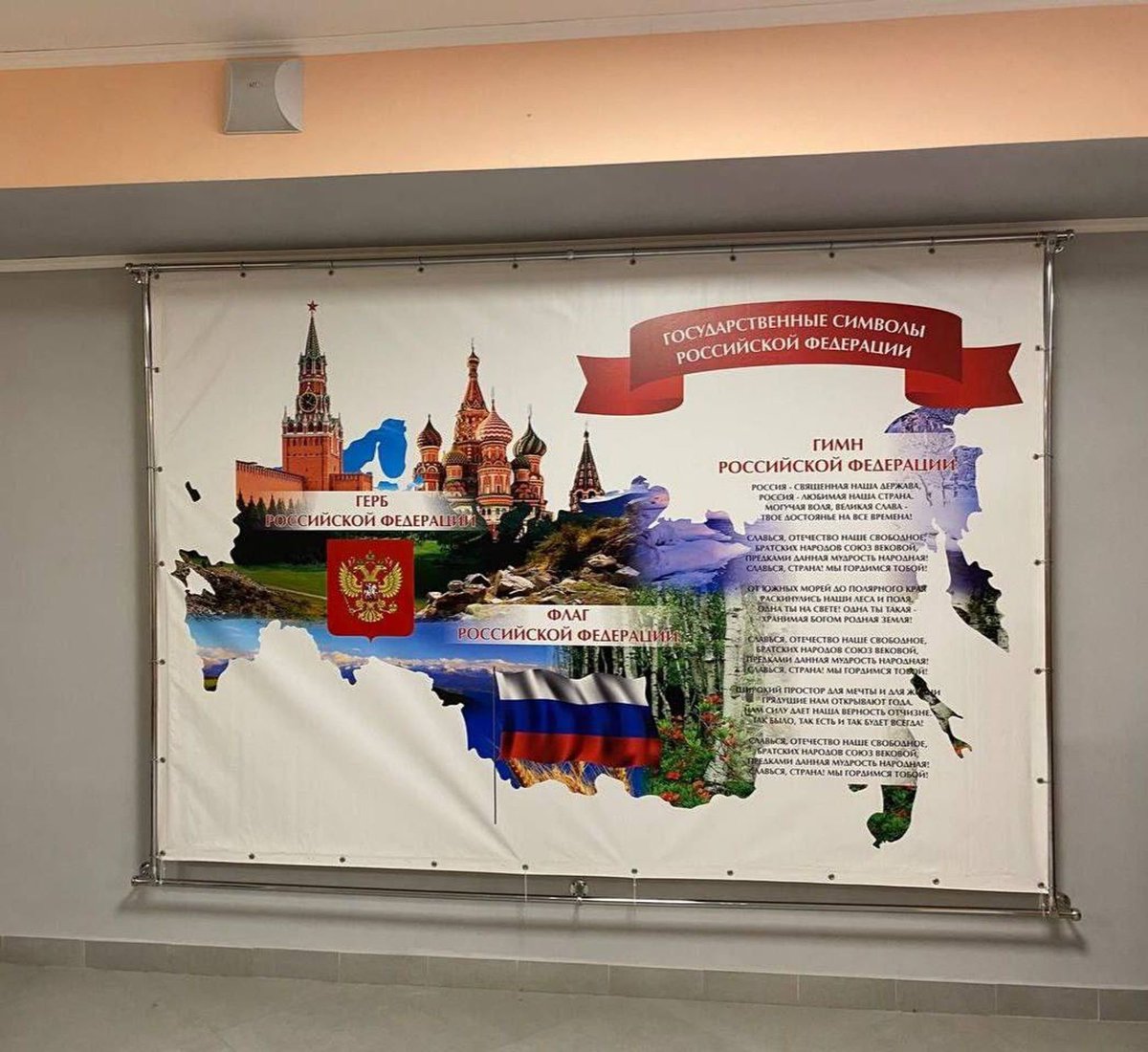
Now, Russia is hastily building new mini-districts on the outskirts of the destroyed city – exactly where the offensive of the Ukrainian army will presumably follow in the event of the liberation of the city.
11/
11/
Not a single new house has been built on the left bank, which is closer to Russia. Everything remains burned down there.
Thus, in the event of a counteroffensive from the north and northwest, the new residential building on the outskirts will be the first to face battles.
12/
Thus, in the event of a counteroffensive from the north and northwest, the new residential building on the outskirts will be the first to face battles.
12/
As the Russian army has a long history of using civilians as a shield, it is expected that those buildings will serve as a shelter for Russian troops.
13/
13/
To learn more about the timeline of the Russian siege of Mariupol and the life of the city's residents during this time, watch the recently released documentary "20 Days in Mariupol." Check out the screening times worldwide on the film's official website:
20daysinmariupol.com/#screenings
20daysinmariupol.com/#screenings
• • •
Missing some Tweet in this thread? You can try to
force a refresh



